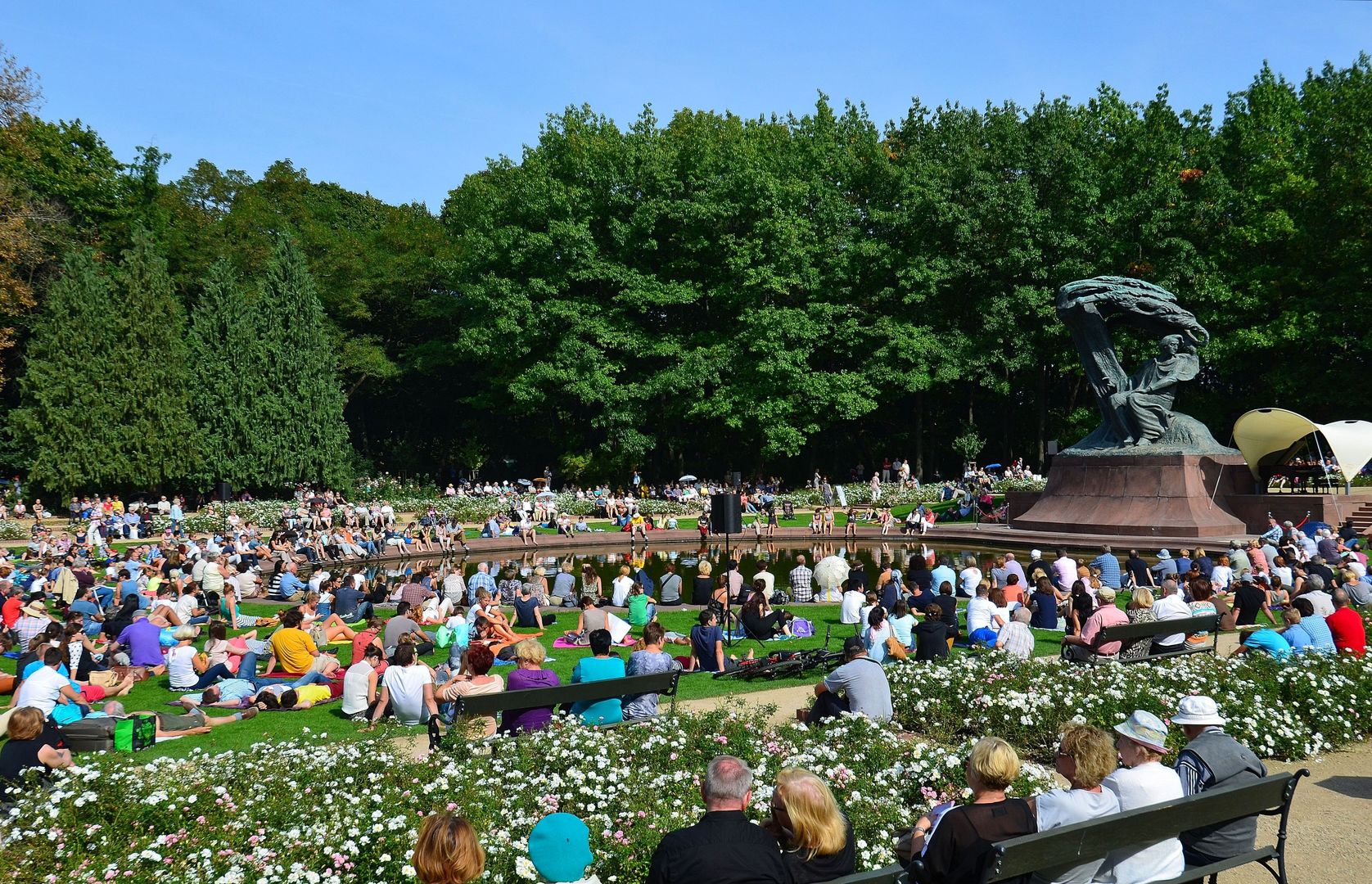Monument to Frédéric Chopin in Warsaw
6.16

Overview
The Frederic Chopin Monument in Warsaw, located in Łazienki Park, is an Art Nouveau masterpiece depicting the composer in a seated position under a stylized willow tree. Its history dates back to 1876, when the idea for its commemoration first emerged, though it was only realized in practice after obtaining permission from Tsar Nicholas II in 1901. In 1908, a competition for the monument's design was announced, open exclusively to Polish artists; the winning design was submitted by Wacław Szymanowski and Franciszek Mączyński. Despite controversies over its location and aesthetics, the monument was finally unveiled on November 14, 1926. Its surroundings were designed by Oskar Sosnowski, and the construction was carried out by Antoni Urbanowski’s company.
During World War II, on May 31, 1940, the monument was destroyed by the Germans, who blew it up. As a result of the war, the original cast was melted down, and only a few copies were saved. After the war, the monument was rebuilt based on preserved materials and with the help of a model found in Szymanowski’s destroyed home. The reconstruction was completed in 1958, and the new monument was unveiled with inscriptions detailing its destruction and post-war restoration, funded by public contributions. Regular concerts of Chopin’s works are held near the monument.
The Chopin Monument is the only example of Art Nouveau in Warsaw’s memorial architecture. An interesting fact is that in 1994, a replica was unveiled in Hamamatsu, Japan, and in 2021, a cast of Chopin’s head was installed in Gliwice. The Frederic Chopin Monument is an important element of Polish cultural heritage, combining architectural elements, history, and high artistic value.
Location
Tickets
Powered by GetYourGuide
2025 Wizytor | All Rights Reserved